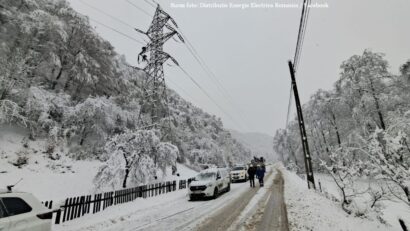Evolutions in the Romanian Economy
In July, Romanian retail trade registered the third annual growth rate in the EU, as compared with the same period of last year, Eurostat reports. On the other hand, investment in constructions and agriculture decreased, with a negative impact on the GDP

Mihai Pelin, 04.09.2014, 13:40
In Romania, the volume of retail trade went up by 6.3% in July 2014 as against the same period of 2013. This was the third highest annual growth rate in the EU after Luxembourg, with 14.1% and Estonia with 9.2%, according to the EU’s statistical office Eurostat. In the euro zone, the retail trade increased by 0.8% while in the EU a 1% increase was reported.
Retail trade in the community area has been influenced by the fact that the sales of non-foods went up and of fuels dropped, while the sales of food, beverages and cigarettes went down. In the month of July, as compared to the previous month, the retail trade registered an unexpected drop of 0.4% both in the Euro zone and the EU.
Among member states, Portugal with 2.6%, Latvia with 2.2% and Estonia with 1.6% reported the biggest growth rates. Romania is among the countries with the highest increase in total retail trade, namely 0.4%. The significant decline in public investment, and the adjustment of the companies’ capital expenses impacted the Romanian economy and annulled the positive effects of a boost in consumption.
For this reason in the second quarter of the year Romanian economy went up by only 1.2% year-on-year, much less than the impressive 3.9% in the first quarter. Industry and the IT&C sector contributed the most to the GDP growth.
On the other hand, a contracted construction sector, which dropped by 4%, affected the economy, just as it happened with the agriculture, forestry and fishing sectors. Public investment in infrastructure, which usually contributes to economic development, was almost zero in Romania over the last few months.
According to economic experts, the evolution of Romania’s economy in the first six months of the year mirrors the divergent evolutions in terms of domestic demand, between private consumption and productive investment. For the second half of the year most analysts estimate an economic slowdown and an increase in the GDP by only 2 or 2.5%.






























